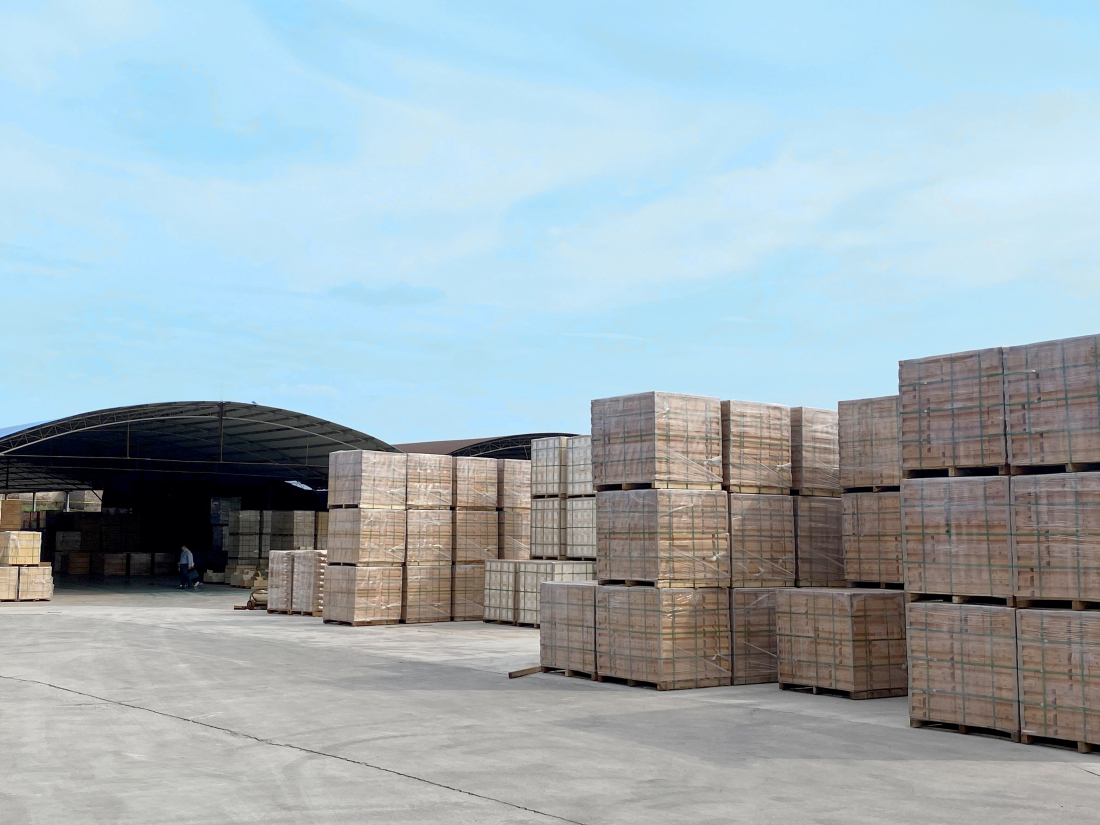
In the world of industrial kilns, the demand for high - performance refractory materials has always been high. Zhengzhou Rongsheng's R & D team has been on a mission to develop a product that can withstand extreme temperatures and provide long - term durability. The journey of developing high - alumina clay checker bricks was filled with challenges. The team faced the arduous task of creating a material that could resist temperatures ranging from 1770°C to 2000°C.
There was a real - life story where the R & D team was working on a project for a client in a high - temperature industrial environment. They had to find a way to make the checker bricks maintain their integrity under extreme heat. After numerous trials and errors, they finally developed a unique formula that could meet the requirements. This breakthrough not only solved the client's problem but also set a new standard in the industry.
Let's look at how these checker bricks perform in real - world scenarios. In industries like steel and cement, the durability of refractory materials is crucial. High - alumina clay checker bricks from Zhengzhou Rongsheng have a low apparent porosity (≤16%). This low porosity means that the bricks are less likely to absorb harmful substances, which significantly enhances their durability.
For example, in a steel plant, the checker bricks are exposed to high - temperature molten metals and harsh chemical environments. The low apparent porosity of Rongsheng's checker bricks prevents the penetration of these substances, ensuring a longer service life. Additionally, the ability to customize the chemical composition of these bricks allows them to be tailored to the specific needs of different industries. Whether it's a cement kiln with specific chemical reactions or a steel furnace with high - temperature requirements, Rongsheng's checker bricks can be customized to fit the bill.

Technical terms in the field of refractory materials can be a barrier for many users. But don't worry, we'll use simple analogies to make them easier to understand. For instance, 'thermal stability' can be thought of as the 'anti - cracking ability' of the checker bricks. Just like a well - built house can withstand strong winds without cracking, a checker brick with high thermal stability can resist sudden temperature changes without breaking.
Another term, 'refractoriness', refers to the ability of the brick to withstand high temperatures without melting. It's like a superhero's heat - resistance power. The high - alumina clay checker bricks from Zhengzhou Rongsheng have a refractoriness of 1770°C–2000°C, which means they can handle extremely high - temperature environments in industrial kilns.
To better illustrate the advantages of Rongsheng's high - alumina clay checker bricks, let's compare them with traditional bricks. We've compiled a table to show the differences in energy consumption and service life:
| Indicator | Traditional Bricks | Rongsheng Checker Bricks |
|---|---|---|
| Energy Consumption | High. Due to lower thermal efficiency, they require more energy to maintain the desired temperature in the kiln. | Low. With better heat - retention properties, they can reduce energy consumption by up to 30%. |
| Service Life | Short. Usually need to be replaced every 1 - 2 years due to poor durability. | Long. Can last up to 5 years or more, thanks to their low apparent porosity and high - quality chemical composition. |

These data clearly show that choosing Rongsheng's checker bricks can bring significant cost savings and efficiency improvements to your industrial operations. Selecting our checker bricks means you can meet your refractory needs and enjoy first - class quality and performance.
Zhengzhou Rongsheng's high - alumina clay checker bricks are a result of years of hard work and innovation. They offer outstanding performance in high - temperature industrial environments, with low apparent porosity, customizable chemical composition, and excellent thermal stability.
Are you interested in learning more about these amazing checker bricks? You can click here for more detailed information. And we'd love to hear from you. What performance aspect of checker bricks do you care about the most? Welcome to share your questions!











